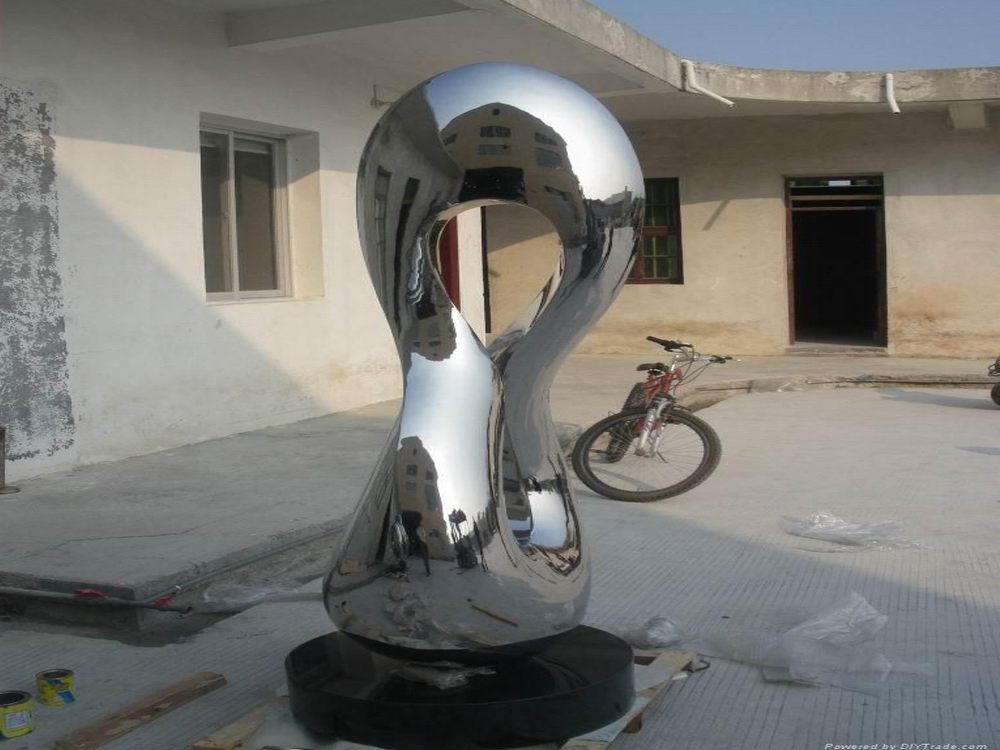
Bronze sculptures serve as timeless witnesses to the interconnectedness of human civilizations, vividly reflecting globalization and cross-cultural exchanges across eras. From ancient times to the modern day, these metallic artworks reveal fascinating stories of cultural blending.
The Bronze Age itself marked humanity's first truly globalized era, with tin and copper trade routes stretching from Britain to Mesopotamia. This material exchange naturally led to artistic cross-pollination, as seen in the striking similarities between Chinese Shang dynasty ritual vessels and contemporary Mediterranean bronzes.
Greek sculptors incorporated Egyptian techniques while creating distinctly Hellenic masterpieces. Later, Alexander's conquests spread this fusion eastward, resulting in the breathtaking Gandhara Buddhas that blend Greek realism with Buddhist spirituality.
The Silk Road era produced even more remarkable hybrids, like Tang dynasty figurines depicting Central Asian merchants with exaggerated features, cast using Chinese bronze-casting methods. Colonial periods brought European styles to Africa and the Americas, where local artisans reinterpreted them through indigenous perspectives, creating powerful syncretic works.
Today, contemporary bronze artists consciously draw from multiple traditions, creating pieces that speak to our increasingly interconnected world. A modern sculpture might combine Japanese patination techniques with African formal elements for Western art markets, embodying 21st-century cultural fluidity.
These enduring metal artworks prove that cultural exchange isn't a modern phenomenon but a constant in human history. Bronze sculptures preserve these dialogues permanently, allowing us to trace how ideas traveled and transformed across continents through the universal language of art.

